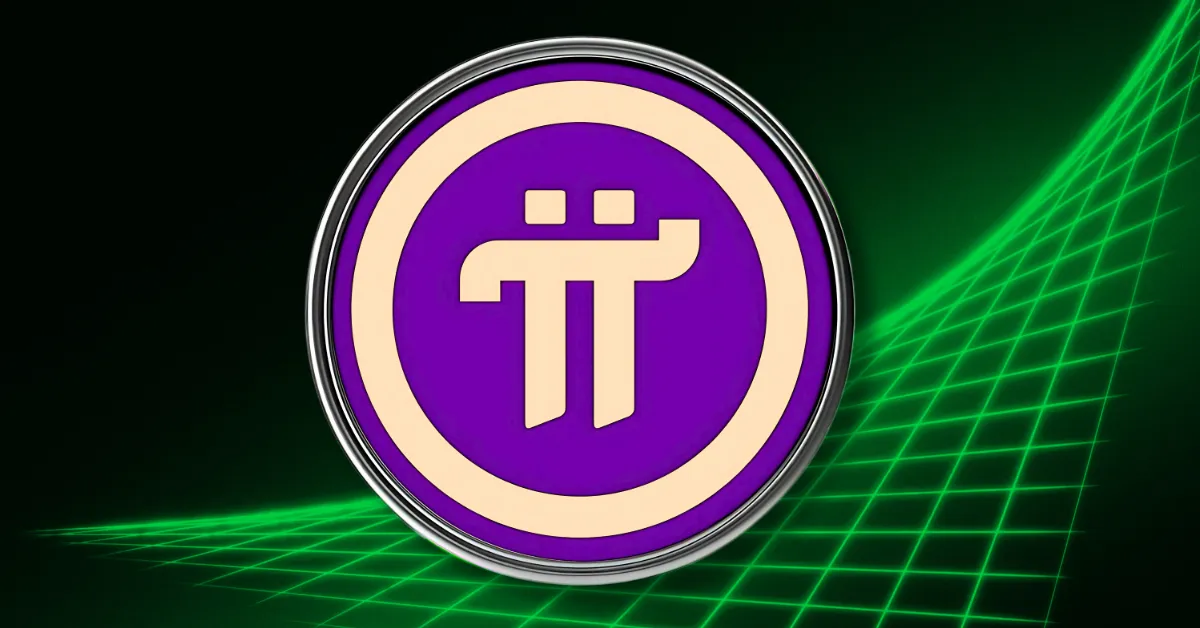
The Pi Network cryptocurrency has stirred notable interest by pioneering a phone-friendly mining model that minimizes battery drain, setting itself apart in a crowded digital asset space. This innovative approach taps into the vast population of mobile users, democratizing access to cryptocurrency mining without the resource-hungry demands typical of traditional methods. As Pi’s ecosystem still finds its footing, observers and investors are keenly eyeing its future, dissecting price forecasts that paint a picture both cautiously optimistic and inherently volatile over the next decade.
At present, Pi hovers around $0.74 per token, but this figure belies underlying tensions in its market dynamics. Recent substantial token unlocks have introduced increased supply, exerting downward pressure on price and highlighting a critical factor: how well the community can absorb new tokens without eroding value. This phenomenon isn’t unique to Pi but underscores the balancing act any emerging cryptocurrency faces between incentivizing holders and avoiding inflation. The token distribution schedule thus stands as a short-term fulcrum influencing Pi’s value trajectory.
Looking toward the near future, specifically the year 2025, forecasts suggest Pi’s price may oscillate within a broad range from $0.46 to $1.27. This range reflects a mixed outlook informed by both optimistic expansion and cautious realism. As the Pi ecosystem grows and adoption broadens, modest price increases become plausible. However, Pi’s current lack of major exchange listings and limited real-world use cases beyond its initial mining cohort tempers enthusiasm. Some projections even forecast highs near $1.20 to $1.25 early in the year, followed by potential dips below $0.70 later on, reinforcing that volatility will remain a defining characteristic. Those fluctuations mirror the broader crypto market’s nature but also speak to Pi’s still formative stage as a cryptocurrency striving to prove its utility.
Beyond 2025 and extending closer to 2030, predictions diverge considerably, ranging from moderate growth to explosive potential. Optimistic scenarios envision Pi breaking into double-digit price territories and beyond, contingent on several pivotal milestones. Key factors include achieving widespread user adoption that transcends mere mining, fostering strategic partnerships that enhance credibility and practical applications, and implementing effective token supply management to prevent inflationary slippage. These conditions, if met, could transform Pi from a speculative asset to a functional, broadly accepted digital currency.
A subset of analysts place Pi’s 2030 valuation between $5 and $20 under typical growth patterns, which, while substantially higher than current levels, remains within reason given crypto’s unpredictable landscape. Meanwhile, the bullish camp imagines Pi reaching an astounding $100 to $1,000 range, a leap requiring not just incremental progress but a fundamental metamorphosis. Such outsized growth would necessitate Pi becoming entrenched not only as a payment mechanism but also as the backbone of a developed decentralized application (dApp) ecosystem, supporting services ranging from finance to commerce in a seamlessly integrated manner.
For Pi’s growth trajectory to scale these heights, several catalysts are pivotal. The ecosystem’s internal development stands foremost—transitioning from a mining-only platform to one offering tangible dApps and services would significantly broaden user engagement and token demand. Additionally, forging alliances with established industry players or embedding itself within mainstream platforms would amplify Pi’s legitimacy and drive wholesaler adoption. These moves could shift Pi from the fringes toward mainstream relevance, crucial for sustained price appreciation.
Regulatory clarity also plays a determining role, as with all cryptocurrencies. Favorable or at least predictable regulatory stances can unlock access to major exchanges, attract institutional investors, and increase acceptance among consumers and merchants. Conversely, regulatory ambiguity may stall progress or precipitate setbacks, reminding investors of crypto’s inherent risks.
Yet, prudence remains advisable. The crypto environment is notoriously prone to volatility, and Pi faces tangible challenges including unproven real-world application, scalability concerns, and questions about the durability of user growth once initial mining incentives decline. While some forecasts offer compelling visions of Pi as a major altcoin rivaling industry heavyweights, a baseline scenario must consider the possibility that development stalls or market headwinds blunt momentum—resulting in prices that remain below $20 or even fall further.
In essence, Pi Network embodies an intriguing experiment in mobile-centric cryptocurrency mining, with a long-term outlook that is promising yet fraught with uncertainty. Short-term valuations suggest modest gains coupled with fluctuations, encapsulating the growing pains of any emerging digital currency. Looking further ahead, some models anticipate Pi evolving into a substantial player with prices escalating into the double or even triple digits—provided critical milestones in adoption, ecosystem robustness, partnerships, supply discipline, and regulatory environment are successfully navigated. Tracking Pi’s journey offers a front-row seat to the unfolding drama of cryptocurrency innovation, where risk and reward dance a volatile tango.






